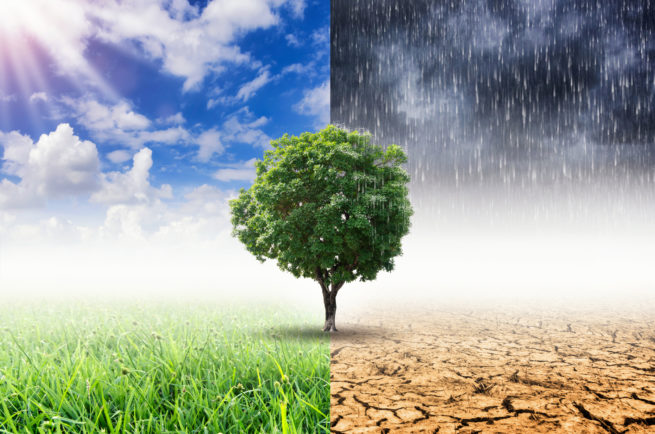
The Impact of Climate Change on Insurance
The impact of climate change on the insurance industry is profound and multifaceted, reshaping risk assessment models, influencing policy pricing, and driving innovation in product offerings. As extreme weather events become more frequent and severe due to climate change, the insurance sector faces increased claims, challenging the traditional paradigms of risk management and underwriting. This article explores how climate change is affecting the insurance industry and the strategies being adopted to mitigate these impacts.
Increased Frequency and Severity of Claims
Climate change has led to a noticeable increase in the frequency and severity of natural disasters, including hurricanes, wildfires, floods, and droughts. These events result in higher claims for property damage, business interruptions, and loss of life, putting pressure on insurance companies to reassess risk and adjust premiums accordingly. The rising cost of claims not only affects insurers but also policyholders who may face higher premiums or reduced coverage availability.
Reevaluation of Risk Models
Traditional risk models, based on historical data, are becoming less reliable as predictors of future risk due to the unpredictable nature of climate change. Insurers are increasingly turning to advanced analytics, big data, and climate science to develop more accurate and dynamic risk assessment models. These models consider the potential impact of climate change on future weather patterns, helping insurers better understand and price the risk associated with extreme weather events.

Shifts in Policy Pricing and Coverage
As the risk associated with climate change increases, insurance companies are adjusting their pricing strategies. In areas particularly vulnerable to climate change effects, such as coastal regions prone to hurricanes or areas susceptible to wildfires, policyholders may experience significant increases in premiums. In some cases, insurers may limit or withdraw coverage altogether, leaving property owners to seek alternative solutions, such as government-backed insurance programs or risk-sharing pools.
Innovation in Insurance Products
The insurance industry is responding to climate change with innovative products and services designed to mitigate risk and promote sustainability. These include parametric insurance policies, which pay out based on the occurrence of a specific event, such as a hurricane reaching a certain wind speed, rather than on assessed damage. Green insurance products also offer incentives for adopting environmentally friendly practices, such as discounts for energy-efficient buildings or vehicles.
Promoting Resilience and Adaptation
Insurance companies are playing a crucial role in promoting resilience and adaptation to climate change. By pricing risk accurately, insurers incentivize individuals and businesses to adopt risk-reducing measures, such as building to higher construction standards or implementing sustainable land use practices. Furthermore, insurers are investing in community resilience projects, such as flood defenses or wildfire risk reduction programs, to mitigate the impact of future events.
Regulatory and Policy Challenges
The insurance industry’s response to change is also shaped by regulatory and policy environments. Governments and regulatory bodies are increasingly recognizing the need for policies that support climate risk management, financial stability, and the transition to a low-carbon economy. This includes regulations on disclosure of climate-related risks, incentives for sustainable practices, and support for climate risk insurance solutions.
Conclusion
The impact industry underscores the urgent need for adaptation and innovation. By reevaluating risk models, adjusting pricing and coverage, and introducing new products, insurers can manage the challenges posed by climate change. Moreover, the industry’s role in promoting resilience and sustainability is vital in mitigating the long-term effects of climate change on communities and economies worldwide.
FAQs
How does climate change affect insurance premiums? Climate change leads to more frequent and severe weather events, increasing the risk of damage and claims, which can result in higher insurance premiums.
Can insurance companies refuse to cover high-risk areas affected by climate change? Yes, insurers may limit or withdraw coverage in areas deemed high-risk due to climate change effects, such as flood-prone or wildfire-affected regions.
What are parametric insurance policies? Parametric insurance policies pay out based on the occurrence of a predefined event, such as reaching a specific hurricane wind speed, rather than on assessed damage.
How can homeowners reduce their insurance costs in light of climate change? Homeowners can reduce insurance costs by adopting risk-reduction measures, such as improving home resilience to extreme weather, and by choosing insurance products that incentivize sustainable practices.
What role do governments play in addressing the impact of climate change on insurance? Governments can implement policies and regulations that support climate risk management, ensure financial stability, incentivize sustainable practices, and provide support for uninsured or underinsured populations.
